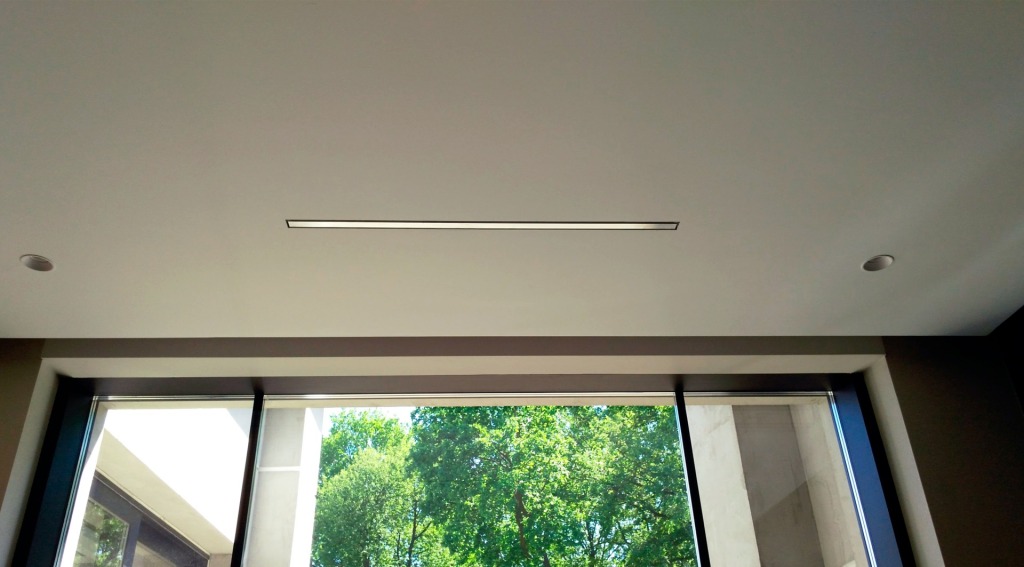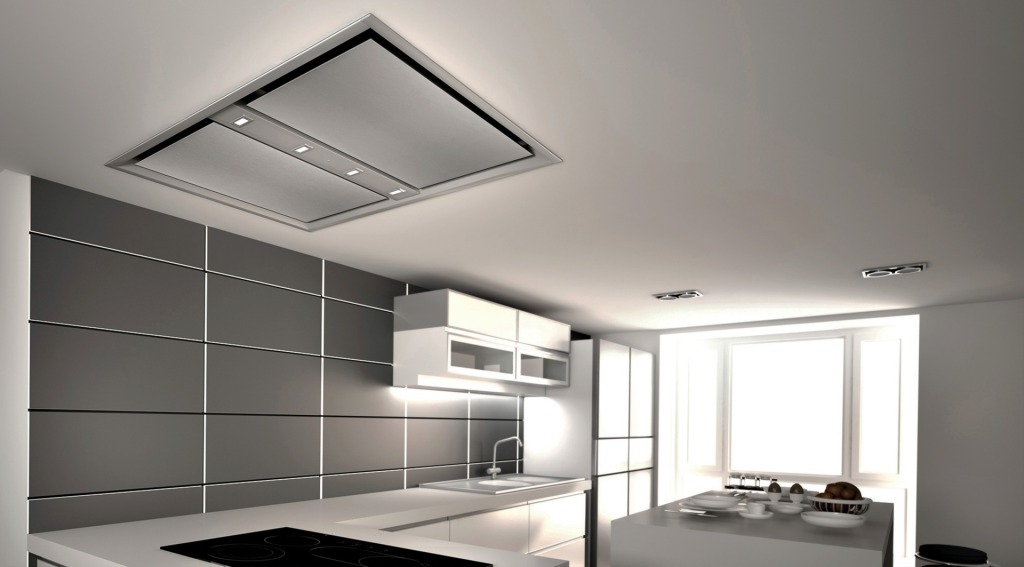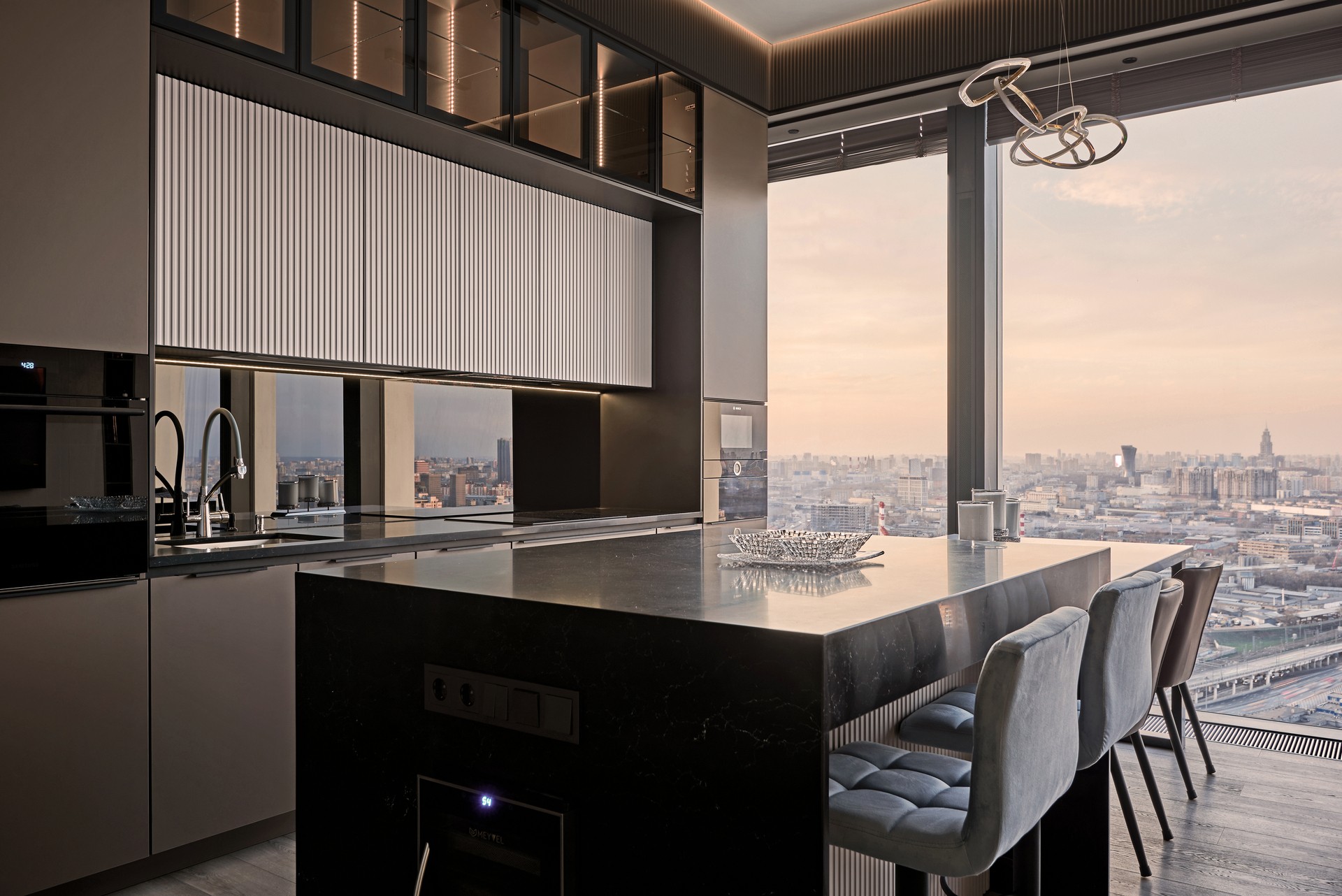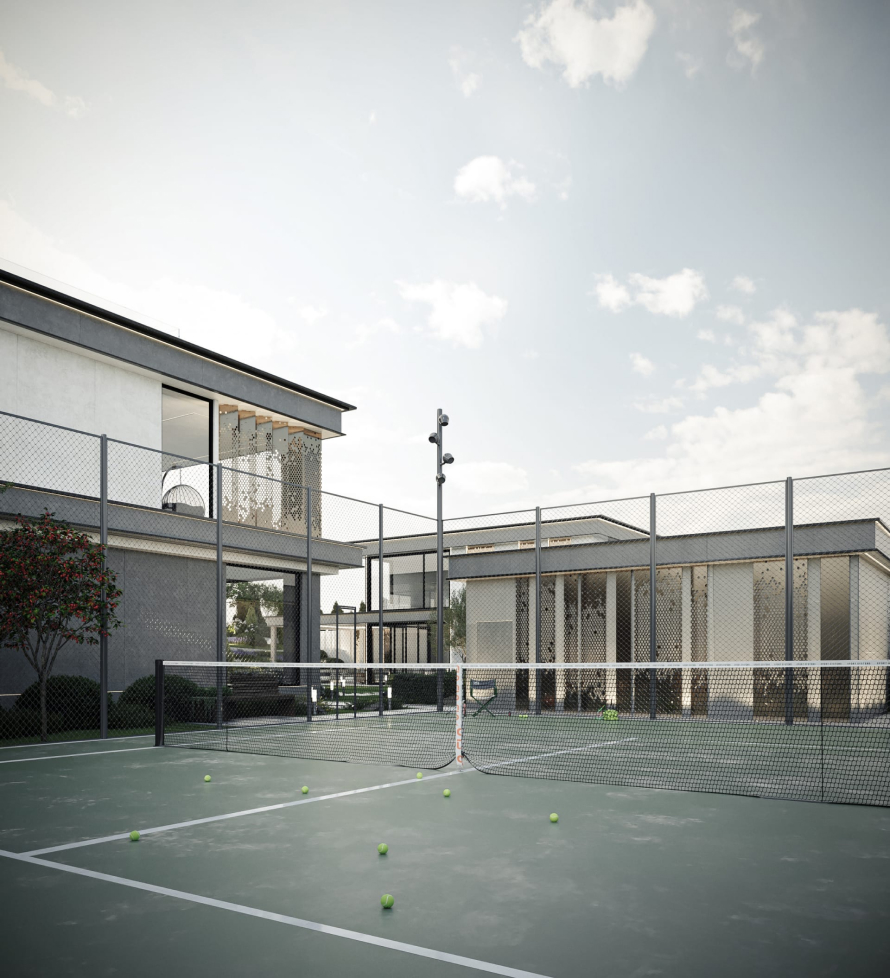Ventilation is an important aspect of any residential space. Proper ventilation ensures the influx of fresh air and the removal of polluted air, positively impacting indoor air quality and the health of occupants. However, there are various approaches to providing ventilation, including natural and forced ventilation. Let’s examine their key characteristics and differences to determine which is better suited for your home.
Natural ventilation relies on harnessing natural forces such as wind speed and temperature differences between the interior and exterior environments to create an airflow. Windows, vents, doors, and other openings, as well as special ventilation systems, may be used to facilitate natural ventilation. The advantages of natural ventilation include its relative environmental friendliness and low installation and operating costs. However, natural ventilation may be insufficient to ensure optimal air circulation, especially in large homes or areas with low wind conditions.

On the other hand, forced ventilation is based on the use of mechanical systems such as fans and ducts to actively move air within a space. This allows better control of airflow and ensures constant circulation. Forced ventilation systems can be equipped with filters to capture dust, allergens, and other pollutants, which is particularly beneficial for individuals with allergies or asthma. Additionally, forced ventilation systems may include heat recovery systems that extract heat from outgoing air and use it to heat incoming air, promoting energy conservation and reducing heating costs. However, the installation and maintenance of forced ventilation are typically more expensive.

The choice between natural and forced ventilation depends on several factors, including the size and construction of the home, climatic conditions, budget, and occupants’ preferences. In some cases, a combined approach may be most effective – using natural ventilation in low-pollution areas (e.g., bedrooms) and forced ventilation in high-pollution areas (e.g., bathrooms or kitchens).
Ultimately, it cannot be definitively stated that one ventilation method is better than the other. The optimal solution depends on the characteristics of your home and your needs. It is recommended to consult with ventilation professionals to choose the most suitable option for you.






